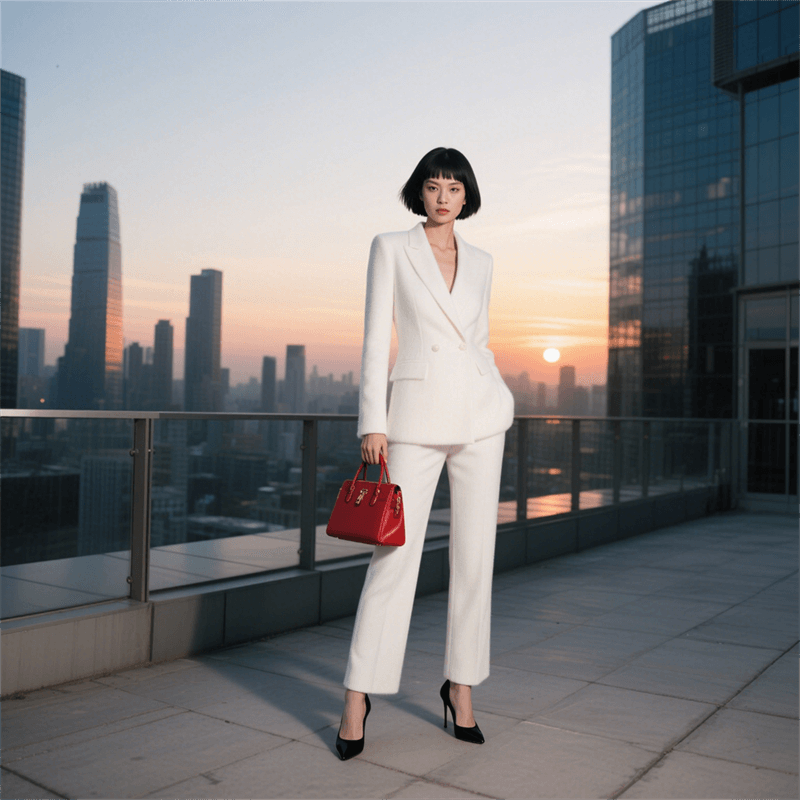Blog
The Rise of Diversified Design Styles in the Fashion Industry

In recent years, the design styles in the fashion industry have shown a trend of diversification, breaking through the previous boundaries of single and rigid styles and offering consumers a richer and more diverse range of choices.
The return of retro style is a major highlight in current fashion design. From the Pop Art style of the 1960s to the exaggerated shoulder – pad designs of the 1980s, retro elements are being reinterpreted and integrated into modern clothing. This retro trend not only evokes people’s memories of past fashion but also gives clothing new vitality. Designers improve and innovate on retro styles to make them more in line with modern people’s aesthetics and wearing needs. For example, by combining retro print patterns with modern cutting techniques, they create clothing that is both nostalgic and fashionable.
Street style remains highly influential among young consumers. Loose fits, bold patterns, and vibrant colors are typical characteristics of street style. With the continuous development of street culture, street style is also evolving. Nowadays, street style is no longer limited to traditional sportswear and casual wear but has gradually permeated the formal wear sector. Some brands have started to launch formal wear with street elements, such as suits and shirts, meeting the wearing needs of young people in different occasions. This fusion of street style and formal wear not only retains a sense of formality but also adds a touch of fashion and individuality.
Ethnic styles are also gaining increasing attention worldwide. Traditional cultural elements from different countries and ethnic groups are being incorporated into fashion design, showcasing unique charms. For example, the Chinese qipao, the Indian sari, and African tribal patterns have all become sources of inspiration for designers. Ethnic – style clothing not only showcases cultural diversity but also allows wearers to experience the unique flavors of different cultures. Some brands collaborate with local artisans, combining traditional handicrafts with modern design to create clothing with cultural connotations and artistic value.
In addition, minimalist and androgynous styles also have a place in the clothing market. Minimalist style emphasizes clean lines and pure colors, adhering to the design concept of “less is more,” suitable for consumers pursuing a simple life. Androgynous style breaks gender boundaries, emphasizing comfort and individuality, appealing to those who value freedom and independence.
The rise of diversified design styles in the fashion industry reflects consumers’ pursuit of individuality and differentiation. Brands need to keep abreast of market trends and consumer demands and meet the aesthetic and wearing needs of different groups through innovative designs. At the same time, diversified design styles also bring new development opportunities for the fashion industry, promoting its prosperity and innovation.
